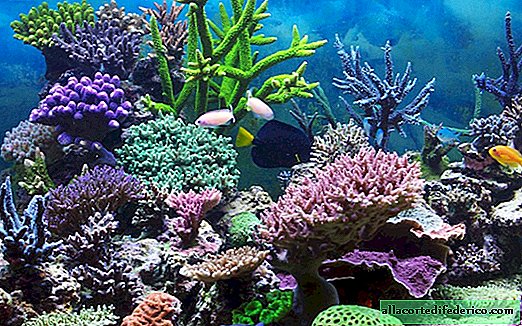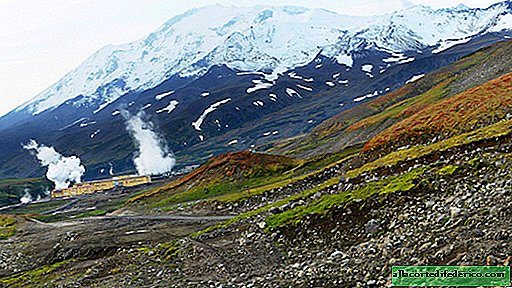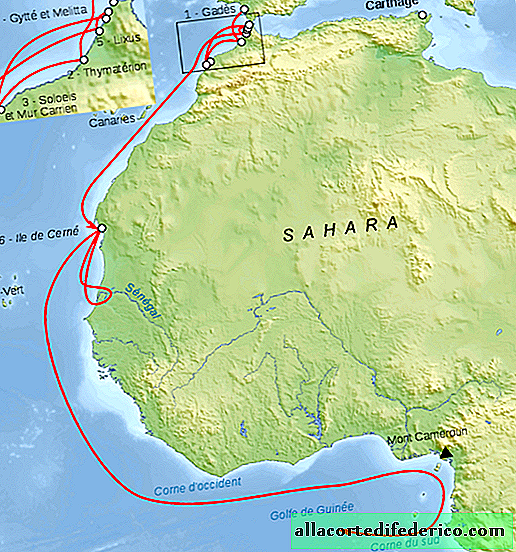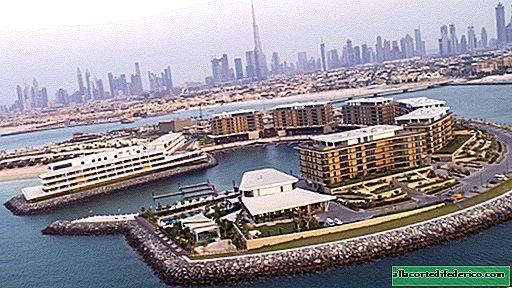Is it possible to land a passenger plane on water: real cases of a miraculous landing
There are special brands of aircraft designed for landing on water. But history knows many examples when ordinary pilots had to land not on the airfield, but on the water surface. The Neva, Volga, Hudson, and even the Pacific Ocean acted as a landing strip.
Unfortunately, in aviation there are emergency situations when equipment for one reason or another fails. Today we will talk about unique cases when ordinary passenger airplanes, rather than seaplanes, were successfully put into the water. Most of them were doomed to die due to engine failure or for other reasons. But thanks to the courage and professionalism of the pilots, they managed to land on the water and in many cases do without casualties.
Landing IL-12 on the Volga

This story of the splashdown of an aircraft with 23 passengers on board occurred on April 30, 1953. The passenger plane performed the flight Moscow-Novosibirsk with landing at the airport of Kazan. Just before approaching the intermediate landing, both engines failed at the plane. As it turned out later, this emergency situation arose due to a meeting with a flock of ducks that got into the engine. The plane began to quickly lose altitude, and in the current difficult conditions, the crew decided to land the plane in the water. The emergency landing was in the area of the Kazan river port. Since this happened quite far from the coast (the landing site depth was about 18 meters), the plane began to fill up with water and slowly sink. The rescue operation was complicated by the fact that the landing occurred at 21.37 local time and it was already dark. All passengers and crew managed to get out of a sinking plane. Local residents in boats delivered to the shore all the victims, except for one passenger, who, unfortunately, drowned, becoming the only victim of this plane crash.
Landing Boeing 377 in the Pacific

The second successful case of an aircraft landing on water occurred on October 15, 1956. On board the ship, proceeding from Honolulu to San Francisco, were 24 passengers and 7 crew members. After the failure of two engines out of four, the commander decided to put the ship on the water. As a result of a successful landing, none of the passengers was injured, and they were picked up by the coastguard rescue service.
Landing of the Tu-124 on the Neva

This incident occurred on August 21, 1963 in the sky over Leningrad. The aircraft made a flight along the route "Tallinn - Moscow". Onboard there were 52 people: 45 passengers and 7 crew members. Some time after the departure from Tallinn Airport, the crew found that the landing gear jammed. After negotiations with the dispatchers, it was decided to land the plane at the nearest airport, which turned out to be Pulkovo in Leningrad. Due to problems with the chassis, it became immediately clear that the landing would be emergency and in order to avoid fire and explosion, it was necessary to develop fuel. After an hour of circling over Leningrad, when there was already little fuel left, problems arose with the engine. Both engines failed one by one, and the only chance to save the crew and the plane was to land on the water surface of the Neva. If the crew did not have a co-pilot Vasily Chechenev, who had experience in landing aircraft on water, it is not known how it would end. In a matter of seconds, the captain transferred control of the aircraft to Chechenev, who, thanks to his experience in naval aviation, managed to balance the position of the aircraft for landing on water. The plane safely splashed down on the Neva opposite the Alexander Nevsky Lavra, where rescuers and evacuation services were already waiting for it. All passengers and crew remained alive.
Landing a Japanese liner in the Pacific

This crash landing occurred on November 22, 1968, near San Francisco. The Japan Airlines DC-8 aircraft, carrying 96 passengers and 11 crew members, made the Tokyo-San Francisco flight. This time, the cause of the emergency landing was a dense fog that enveloped the landing area. Due to the poor visibility and error of the devices that the ship's captain was guided by, the crew landed on water instead of the runway. Moreover, the pilots until the last thought that they board at the airport. Perhaps the lack of panic ensured the success of the entire operation. None of the passengers were injured.
Landing Tu-134 on the Moscow Canal

This incident occurred on July 17, 1972, when the aircraft was tested and made an experimental flight. As a result of an emergency, the liner stopped the engines. On board at that moment were 5 crew members. Thanks to the professionalism of the pilots, it was possible to land the aircraft on the Ikshinskoe reservoir, one of the reservoirs of the Moscow Canal system. No one was hurt as a result of the incident.
Landing A 320-214 on the Hudson

The last case of landing a large passenger airliner occurred not so long ago - January 15, 2009. An aircraft with 150 passengers and 5 crew members on board flew along the New York-Seattle route. Just 1.5 minutes after takeoff, the airliner collided with a flock of birds, as a result of which both engines stopped. By this time, the plane had already managed to gain a height of 975 meters, so the pilots had time to plan. The crew managed to deploy the plane and make a successful landing on the water surface of the Hudson River across from Manhattan's 48th Street. All passengers safely climbed to the surface and were rescued. And although some of them were injured, the landing on the Hudson River can be called simply a miracle, since all 155 passengers remained alive.

In all the cases described, numerous victims were avoided precisely thanks to the skill of the crew. Unfortunately, all aircraft after such landings no longer returned to the sky. According to experts, the favorable outcome of an emergency landing on water depends on several factors. Of greatest importance is the state of the water surface (the presence of waves or obstacles), the type of aircraft itself (large airliners are easier to put on water) and the skill of the crew. It is the latter factor that is decisive.

















